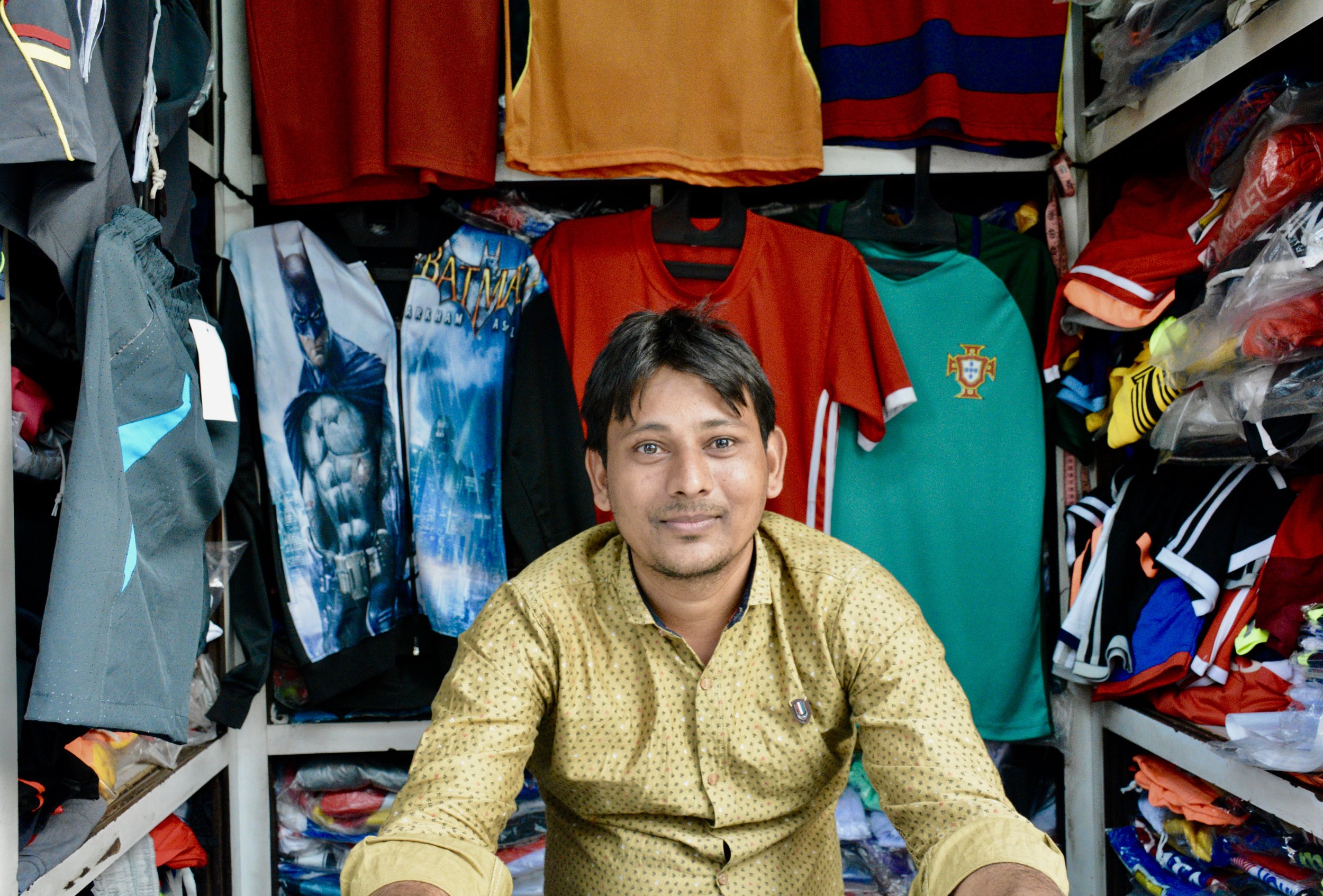BY ETHAN GREEN, ORNELLA KAZE, ANIKET MAITRA, AND GREGORY WEISSMAN
Ethan Green, Ornella Kaze, Aniket Maitra, and Gregory Weissman are second-year International Development students who recently traveled to Mumbai, India to study the effects of the Indian demonetization on the financial technology industry, as well as the Indian economy at large, as part of the International Development (IDEV) Practicum with Quona Capital, a Washington, D.C.-based impact investing fund.
The IDEV Practicum allows students to work directly with public, private and non-governmental organizations as a capstone to their graduate studies. The IDEV Practicum Blog is a six-part series that chronicles the travels of IDEV students who take on client projects over winter break.
It was a move that few saw coming, and it happened so quickly that even fewer could react—and that was exactly the intention. On November 8, 2016, the Prime Minister of India, Narendra Modi, announced the unprecedented and controversial decision to demonetize all 500 and 1000 rupee notes, roughly 86% of the value of the currency in circulation, and replace them with newly-minted 500 and 2000 rupee notes. Residents had until December 30th—less than two months—to exchange their soon-to-be worthless currency for new notes or to deposit them into a bank account. Since then, new banking regulations, and practices—creating new rules, taxes, and paperwork required for bank transactions—have been introduced to increase the opportunity cost of using cash, channeling banking towards digital platforms.
We traveled to India in January 2017 with support from Quona Capital, a D.C.-based impact investing fund with a focus on financial technology (FinTech), to gauge the impact of demonetization on the Indian economy and the FinTech sector. After conversations with financial experts, impact investors, FinTech companies, and nearly two dozen merchants, only one thing was clear: the perceptions of demonetization are split. While the reforms will make banking more inclusive by encouraging more people, particularly the poor, to adopt and use digital banking platforms, the transition to a cash-less society threatens to disproportionally harm small merchants.
Many micro, small, and medium enterprises (MSMEs) function exclusively on cash transactions, often due to their suppliers’ insistence on receiving payments in cash. Such insistence is unsurprising, given that roughly 90% of India’s economy is cash-based. Moreover, these transactions are often unreported and untaxed—a problem for India’s internal revenue collection, but a relief for family-run businesses that function on very thin margins. While the transition to a cashless society might improve tax collection, the additional burden of taxation threatens the livelihood of small-business owners.
Furthermore, India’s new banking regulations already appear to have disproportionally harmed small merchants and the poor. For example, caps on the number of daily deposit and withdrawal amounts have drastically reduced the amount of liquidity in the economy, hindering the daily activities of those at the bottom of the pyramid, who live almost exclusively on a cash basis. Meanwhile, larger businesses and wealthier individuals have been able to tap into alternative sources of funding to remain solvent. As Nik, a merchant who sells small trinkets in Mumbai, comments, “the net has trapped all the little fish while the big fish stay in the river. They have turned us into beggars for our own money.” While the new regulations were likely not intended to disproportionally harm the less well-off, that appears to be their effect, as MSME owners like Nik struggle to navigate this new economy.
Simultaneously, FinTech companies have many reasons to be optimistic about the reforms. Financial inclusion has long been a priority for the Indian government yet efforts had been stymied by (a) the large number of residents without bank accounts, and (b) the population’s comfort with using cash. Thanks to programs such as Jan Dhan Yojana (a 2014 government initiative that created bank accounts for nearly all Indian citizens) and Aadhaar (a national ID number program launched in 2009), large swaths of the Indian population gained access to basic financial services. Now, with the majority of the population being forced to avoid cash transactions, the market base for these companies has expanded dramatically. The end result is that people who were previously excluded from the banking sector may now be more likely to become a part of it.
Demonetization alone cannot eliminate corruption or foster full financial inclusion, nor can it ensure that people will abandon cash as a medium of exchange. However, if the policy is successful in spurring a massive shift toward financial technology usage, it will present opportunities for impact investors and FinTech entrepreneurs to develop innovative ways to provide digital financial services to India’s most impoverished citizens. A financial and national shift of this magnitude requires more than just offering new forms of technologies to those with access to mobile devices; it requires extensive incentive-restructuring and an adoption of user-centric approaches in product development and financial literacy education. It is now up to the FinTech industry to utilize favorable market conditions to increase bargaining power with the government in addition to sharing knowledge and resources in order to deepen financial inclusion in India.
Below is a slideshow of pictures taken by the team members during their trip to Mumbai, India.



PHOTO CREDIT: "Indian 2000 Rupee Note" by Partha S. Sahana from Flickr Creative Commons licensed under CC BY 2.0. Photos in the slideshow were taken by the authors.

